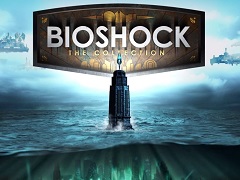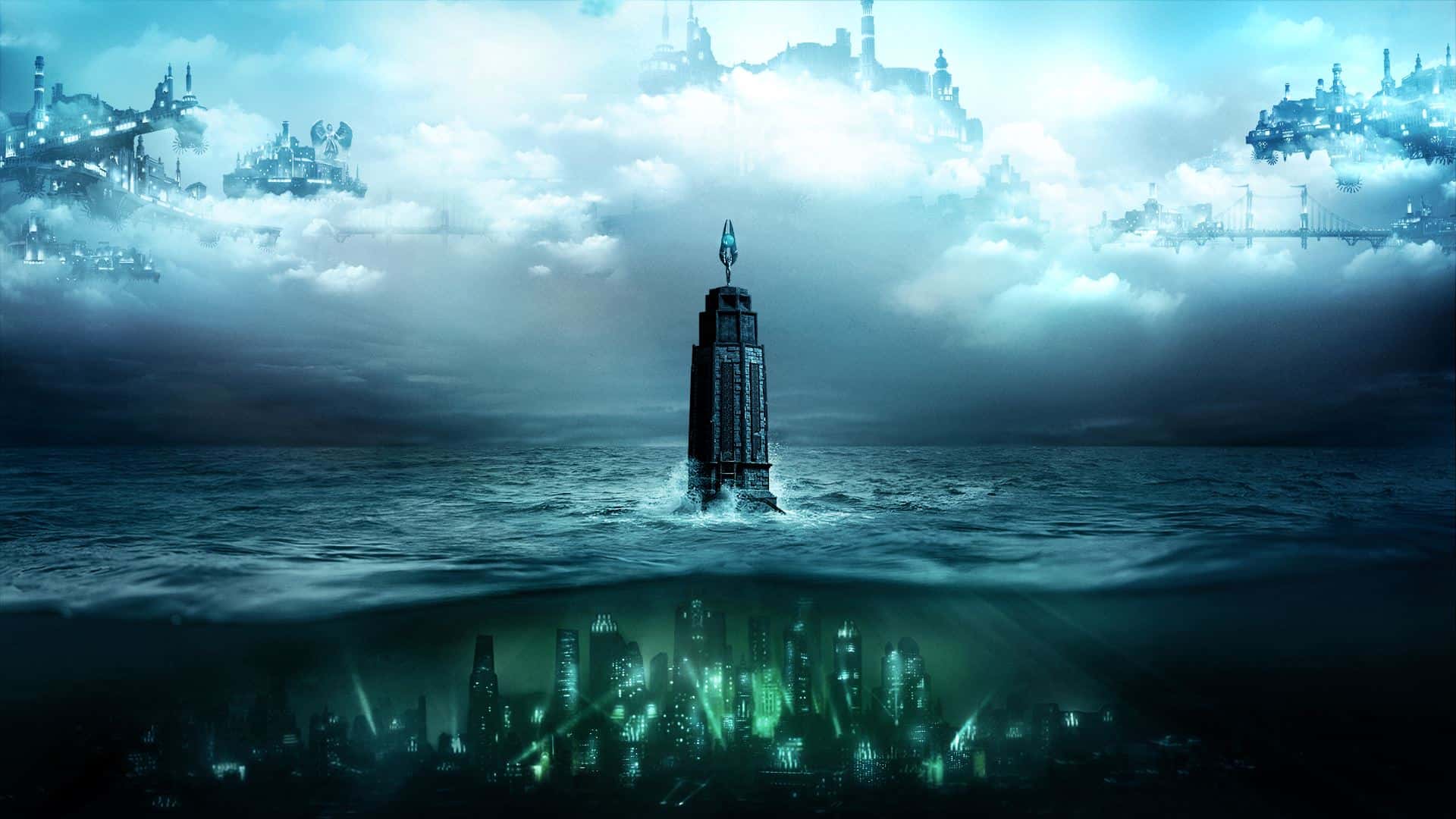You can trust VideoGamer. Our team of gaming experts spend hours testing and reviewing the latest games, to ensure you're reading the most comprehensive guide possible. Rest assured, all imagery and advice is unique and original. Check out how we test and review games here
Scoring this is weird. Given that the remasters are, in most respects, unchanged from their original release, reviewing them could theoretically be as easy as pointing you to reviews from the time. However, seeing them all packaged together and jumping from one to the next does make it a different experience, and they’ve been gussied up for the current gen, so on that basis we’ll dig in.
BioShock: The Collection brings together all three games in the BioShock series, from the 2007 original, via BioShock 2 in 2010, and finishing with BioShock Infinite in 2013 (including all the story DLC). They’re all now in 1080p and running at up to 60 fps (‘up to’ being the key phrase there, because I did see drops, and a few blurry posters popping in after ten seconds of existential uncertainty, for what that kind of thing is worth to you). The remaster hasn’t been equal across the board, with each game getting less spit and polish the more recently it was released. BioShock has had quite a large graphical rehaul, so that it looks exactly as good as you remember, and some director’s commentary from Ken Levine thrown at it, whilst BioShock 2 received less attention, and Infinite hasn’t really been touched, the difference being that console users are now afforded the same experience that high-end PC users had with it in the first place. There’s a bit of a weird up and down in the work that’s gone into the remaster, and in a lot of instances the first BioShock ends up outperforming the second – BioShock 2 is where I saw the most slow down, for example.
It was a surprise to go back to them and rediscover how combat heavy they actually are. I remember BioShock being almost a tense horror game, but there’s a lot of firefights and throwing lighting. BioShock 2 puts you in the action almost immediately, and it’s actually Infinite, which feels the most like a shooter, that has long sections of exploring without any combat at all. The combat controls evolve on similar lines, with BioShock not allowing dual wielding of your genetically enhanced Plasmid abilities at the same time as guns or melee weapons. By Infinite you can use all three in quick succession. It’s also interesting to see how DLC has changed over the years: the first game has nothing; 2 has some story DLC; and Infinite has story DLC plus a s*** load of ability boosting extras and gear that are left for you to collect very early on in the game, which I’m sure says something scathing about pre-ordering, or whatever (mostly it makes the game disappointingly easy from the start if you decided to grab them all, so I would recommend not doing that).
The reality is that the games haven’t changed, but you might have. The nature of reviewing means they can’t take into account people developing different opinions over time. In this case it’s been quite a long time, and going back you can see that these games were never perfect. There are sections that become a combat slog in the same congealed, ADAM laced vein in all three games, especially the occasional boss fights. Ask almost anyone about the ones in Infinite and watch their face screw up in a close approximation of actual physical pain at the memory. The depth of the stories (revolving around objectivism and individualism in the first two, and, I dunno, zealotry and parallel universes in the third) is quite shallow. Although the way they’re gradually revealed is fantastic, they’re ultimately not as clever as they think they are or as people may have given them credit for, which is a conclusion I’m sure many had already smugly come to. Even in this case, though, your mileage will vary: many of you will still think the stories are amazing. And that’s fine.
What really endures about BioShock is the beauty of the design. Rapture and Columbia are fantastic and very cohesively thought out, so they both feel like distinct but fully realised worlds. I even have a new love for the neon-coral lit ruination of BioShock 2, which I never loved at the time, but in it Rapture feels a bit like a hotel built in the heyday of the British seaside holiday, now left rotting on the Torquay seafront with damp, leaky grandeur. It might be helpful to think of the games themselves as a mechanism that allows you to explore their setting, rather than the setting as a stage for the games. That’s not necessarily a bad thing, and the fact that all the story DLC is included means you get to see parts of them you might have missed before.
If you played the series when it came out then you already know most of what you’re getting with BioShock: The Collection. If you never had, then this is a good time to play a bunch of games that are very well made, but also acknowledged as being influential. At the very least you’ll get the opportunity to play something that people are always wanking on about in think pieces. Including myself.
Version Tested: PS4
BioShock: The Collection
- Platform(s): Nintendo Switch, PC, PlayStation 4, Xbox One
- Genre(s): Action, Shooter







